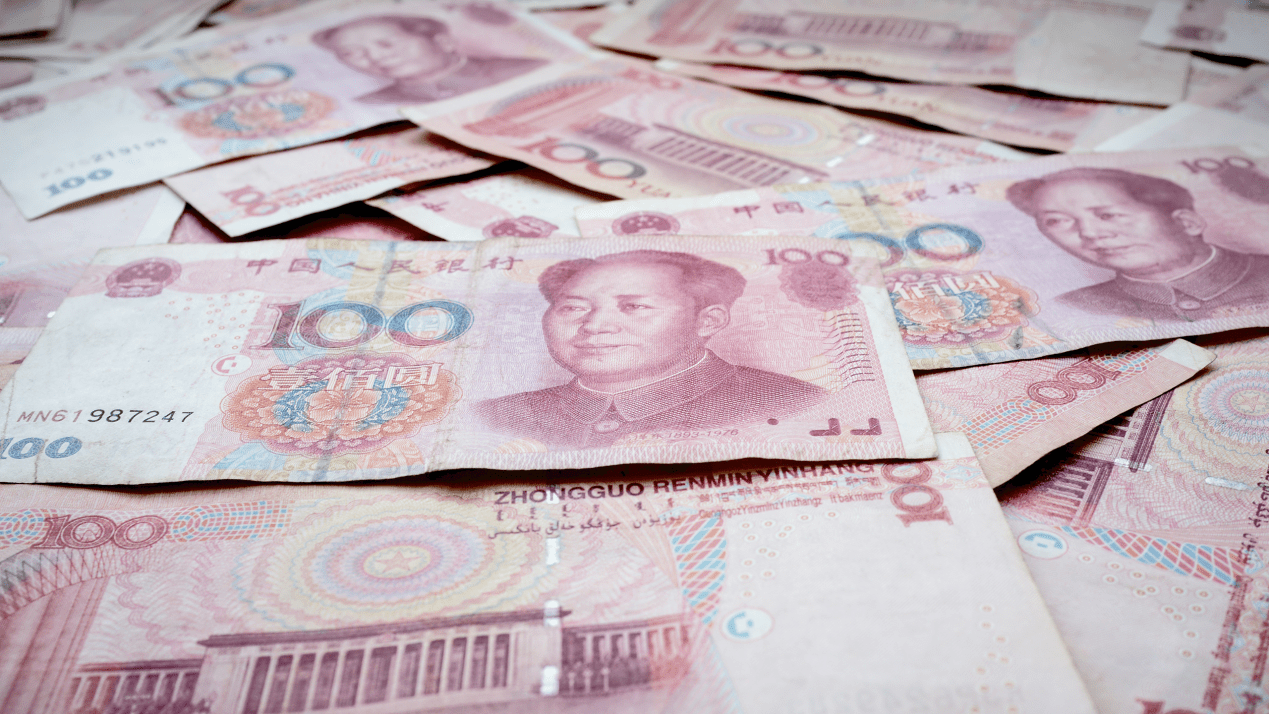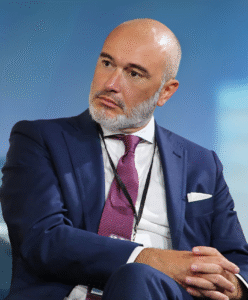
Why Skills-First Leadership Is Replacing the Ivy League Playbook in the C-Suite
The old prestige pyramid—where Ivy League degrees and blue-chip consulting backgrounds paved the way to the CEO seat—is cracking.

In a move to bolster domestic innovation, the People’s Bank of China (PBOC), the nation’s central bank, unveiled a significant financial stimulus package. This initiative entails allocating 500 billion yuan (approximately $69 billion) through a lending program specifically designed to support advancements in the science and technology sectors.
The program channels funds through 21 designated banks, which are responsible for disbursing the allocated sum to qualified borrowers in the science and technology fields. The loans themselves are characterized by a preferential interest rate of 1.75% and a one-year term, with the possibility of two one-year extensions. This extended repayment period provides recipients greater financial flexibility for long-term research and development projects.
The PBOC’s initiative underscores the Chinese government’s commitment to fostering a robust and competitive science and technology ecosystem. By facilitating access to credit at favorable rates, the program is expected to empower domestic companies and research institutions to pursue cutting-edge technological breakthroughs. This, in turn, could contribute to China’s long-term economic growth and global competitiveness.
The program’s focus extends beyond established players within the science and technology landscape. Most of the allocated funds are earmarked to support small and medium-sized enterprises (SMEs) operating in these sectors. By providing financial assistance during crucial stages of growth and development, the PBOC aims to nurture a fertile ground for technological innovation driven by these agile and dynamic companies.
The initiative’s announcement comes amid a broader global race for technological supremacy. China’s leadership recognizes the pivotal role that scientific and technological advancements play in propelling economic progress and national security. The PBOC’s financial stimulus package, which aims to equip domestic entities with the necessary resources to compete effectively on the international stage, serves as a testament to this strategic vision.

The old prestige pyramid—where Ivy League degrees and blue-chip consulting backgrounds paved the way to the CEO seat—is cracking.

Loud leaders once ruled the boardroom. Charisma was currency. Big talk drove big valuations.

But the CEOs who make history in downturns aren’t the ones with the deepest cuts

Companies invest millions in leadership development, yet many of their best executives leave within a few years. Why?

The most successful business leaders don’t just identify gaps in the market; they anticipate future needs before anyone else.

With technological advancements, shifting consumer expectations, and global interconnectedness, the role of business leaders

Following a distinguished Law Enforcement career Joe McGee founded The Securitatem Group to provide contemporary global operational specialist security and specialist security training products and services for private clients, corporate organisations, and Government bodies. They deliver a wide range of services, including complete end-to-end protection packages, close protection, residential security, protection drivers, and online and physical installations. They provide covert and overt investigations and specialist surveillance services with a Broad range of weapons and tactical-based training, including conflict management, risk and threat management, tactical training, tactical medicine, and command and control training.

Jay Wright, CEO and Co-Owner of Virgin Wines infectious energy, enthusiasm, passion and drive has been instrumental in creating an environment that encourages talent to thrive and a culture that puts the customer at the very heart of every decision-making process.

Fabio de Concilio is the visionary CEO & Chairman of the Board at Farmacosmo, a leading organization dedicated to mental health and community support services. With a deep commitment to identifying and meeting customer needs, Fabio ensures that high standards are maintained across the board.

Character Determines Destiny – so said Aristotle. And David CM Carter believes that more than anything else. For David, it has been numerous years of research into codifying Entelechy Academy’s 54 character qualities that underpin everything he stands for as a leader and teacher.


Leave us a message
Subscribe
Fill the form our team will contact you
Advertise with us
Fill the form our team will contact you